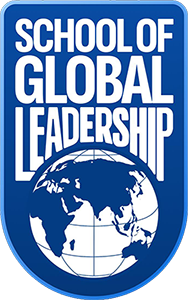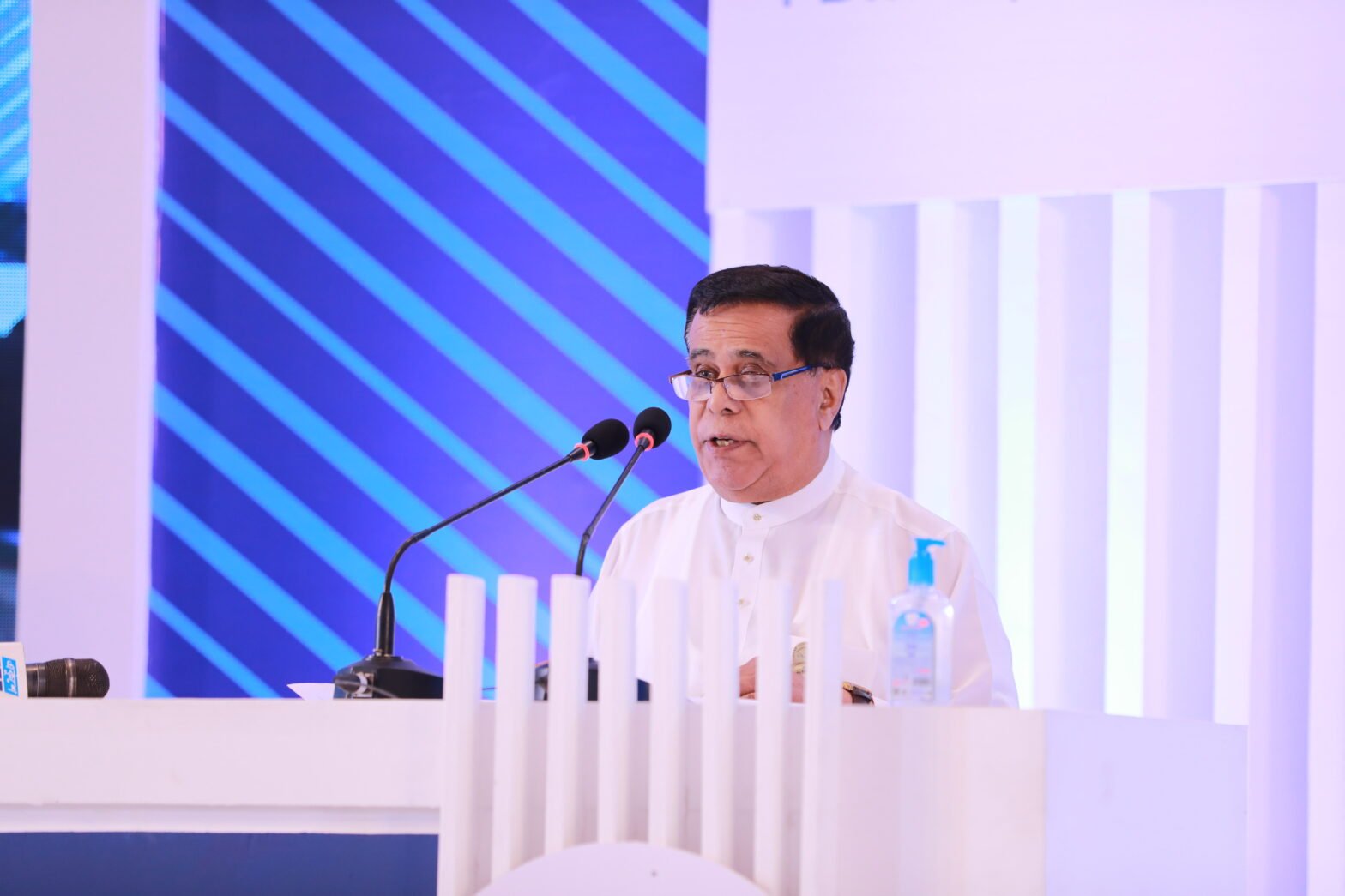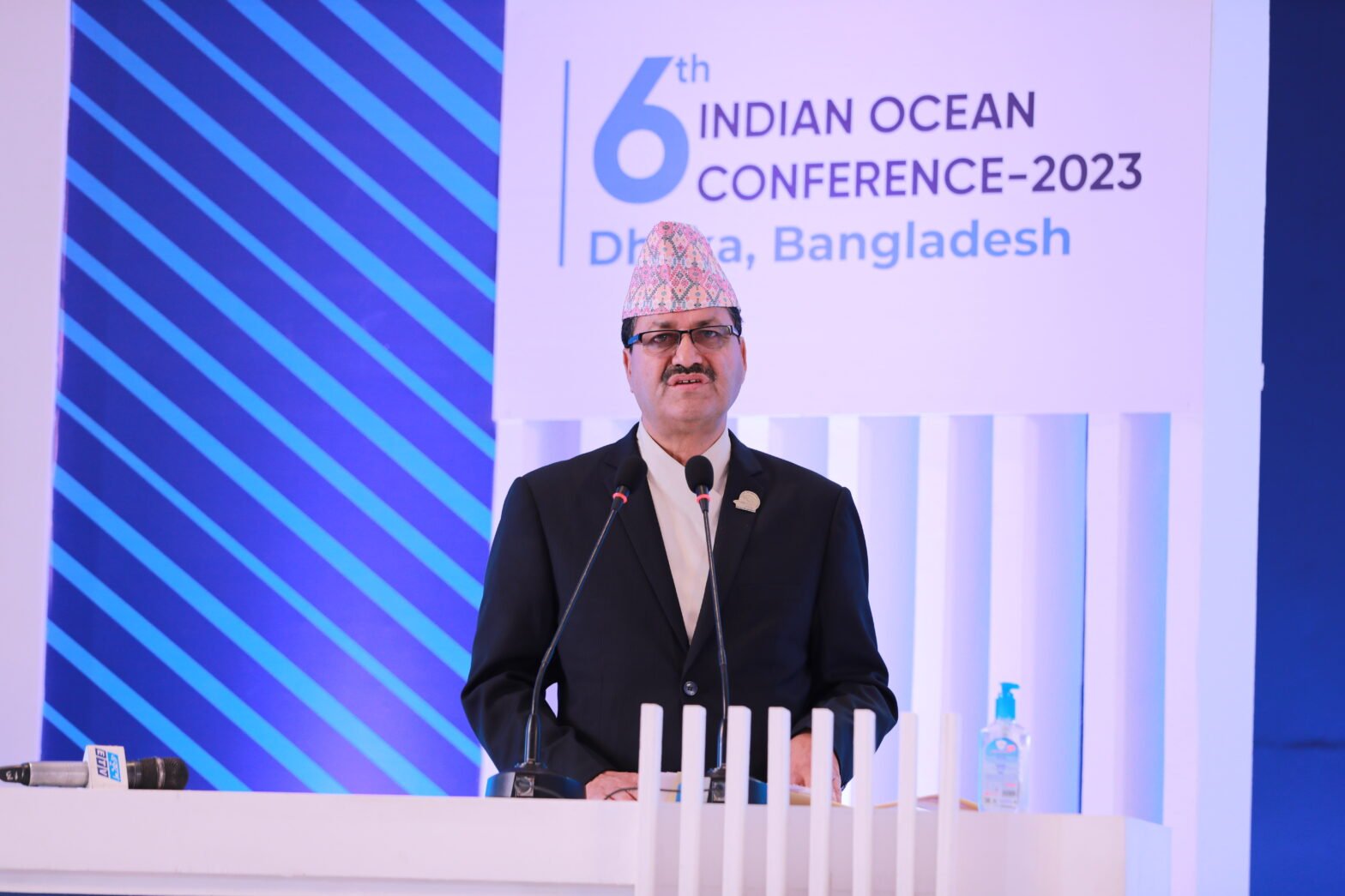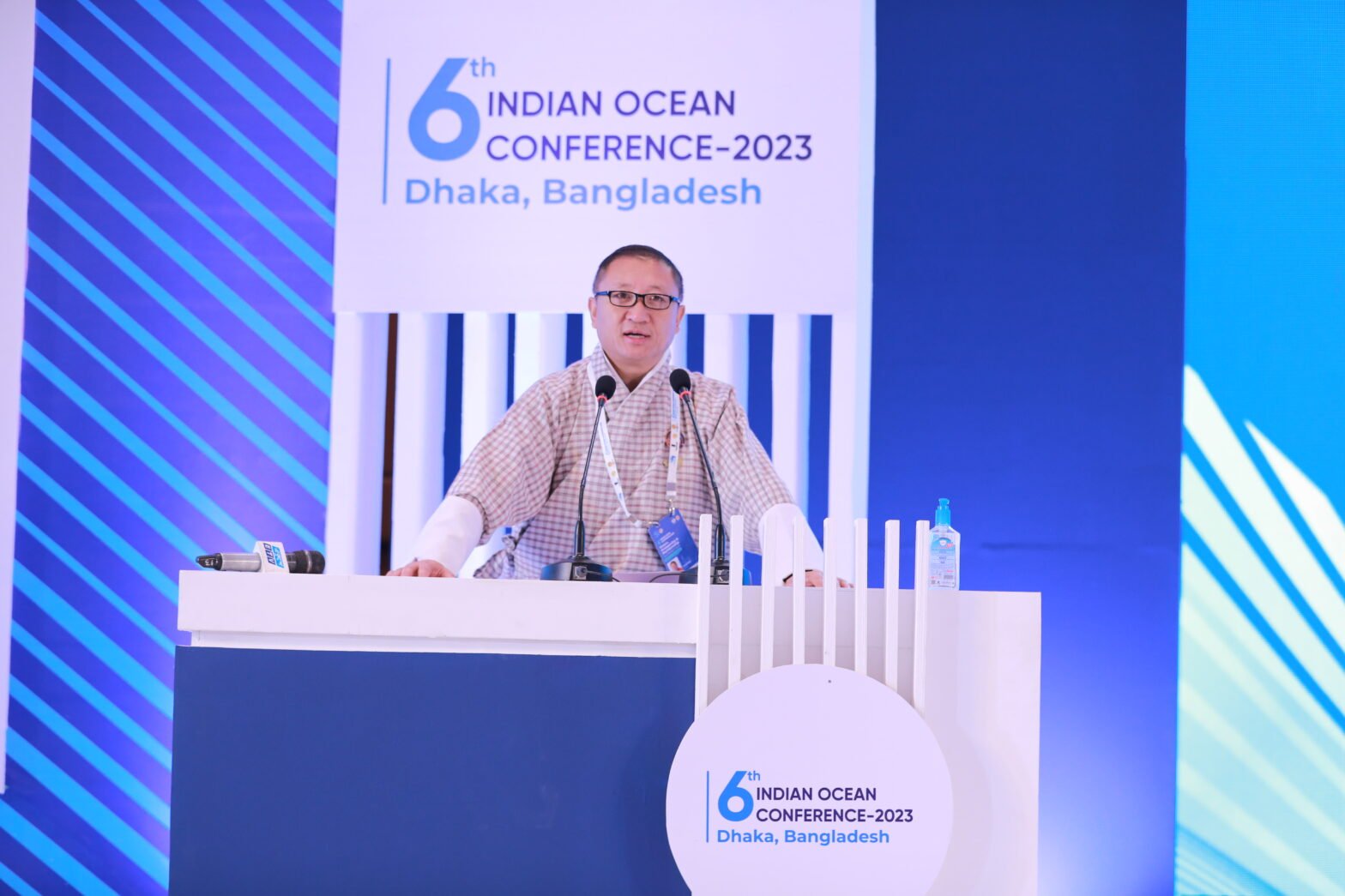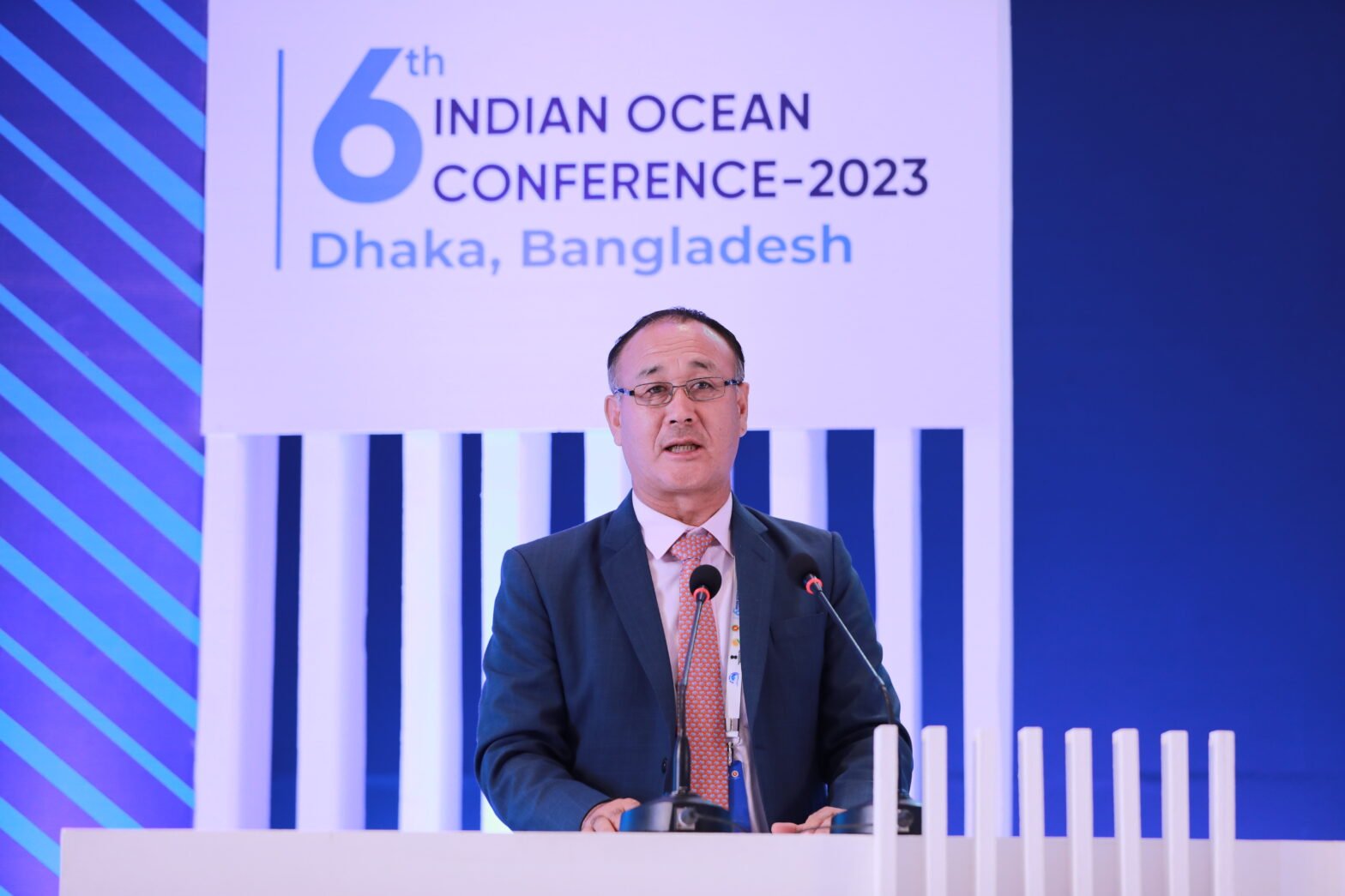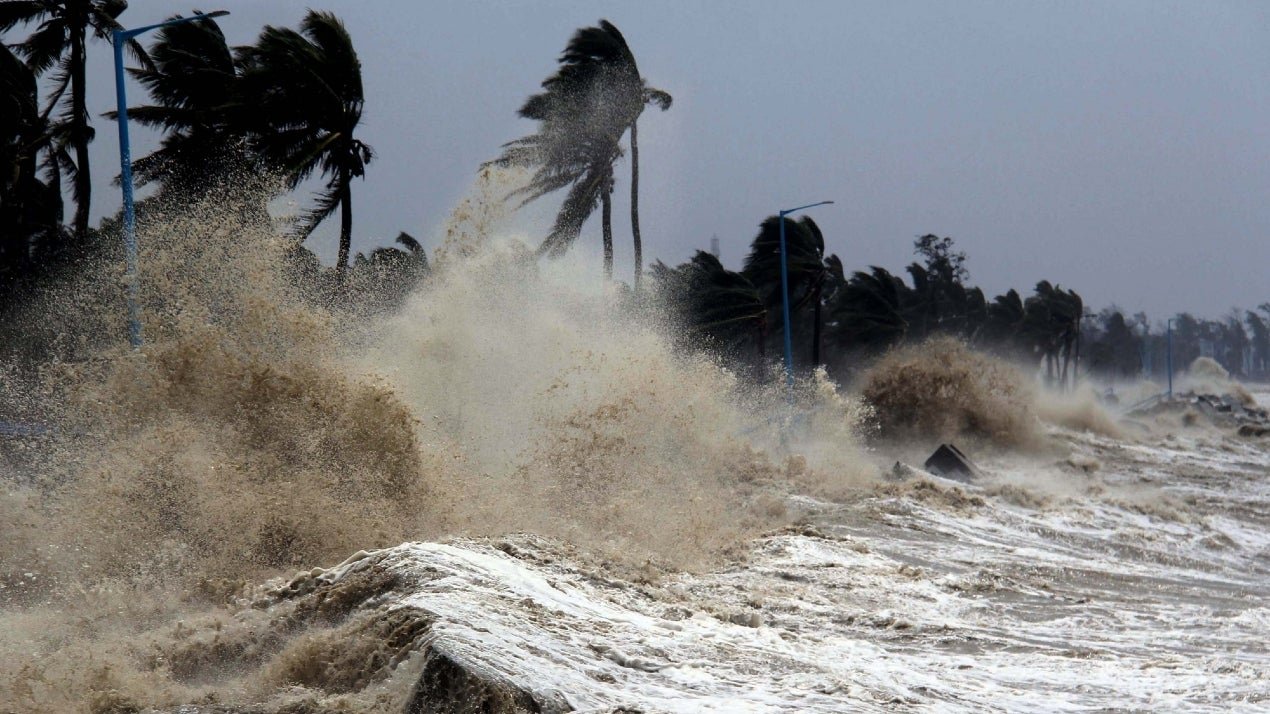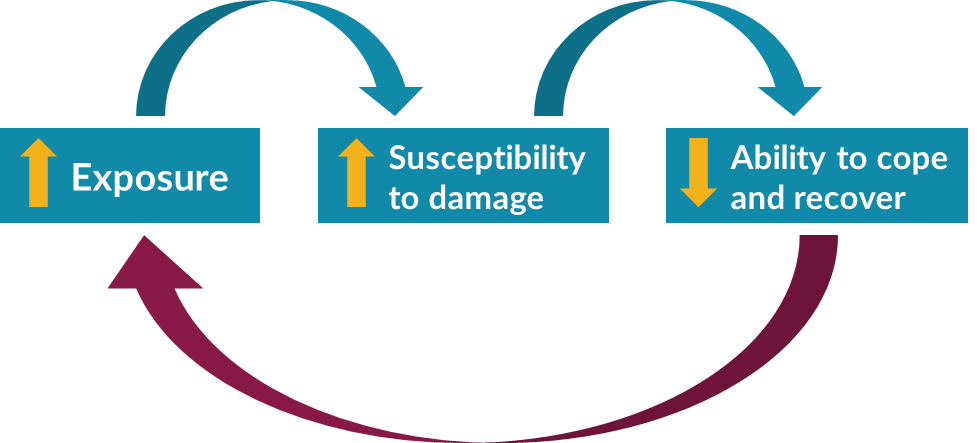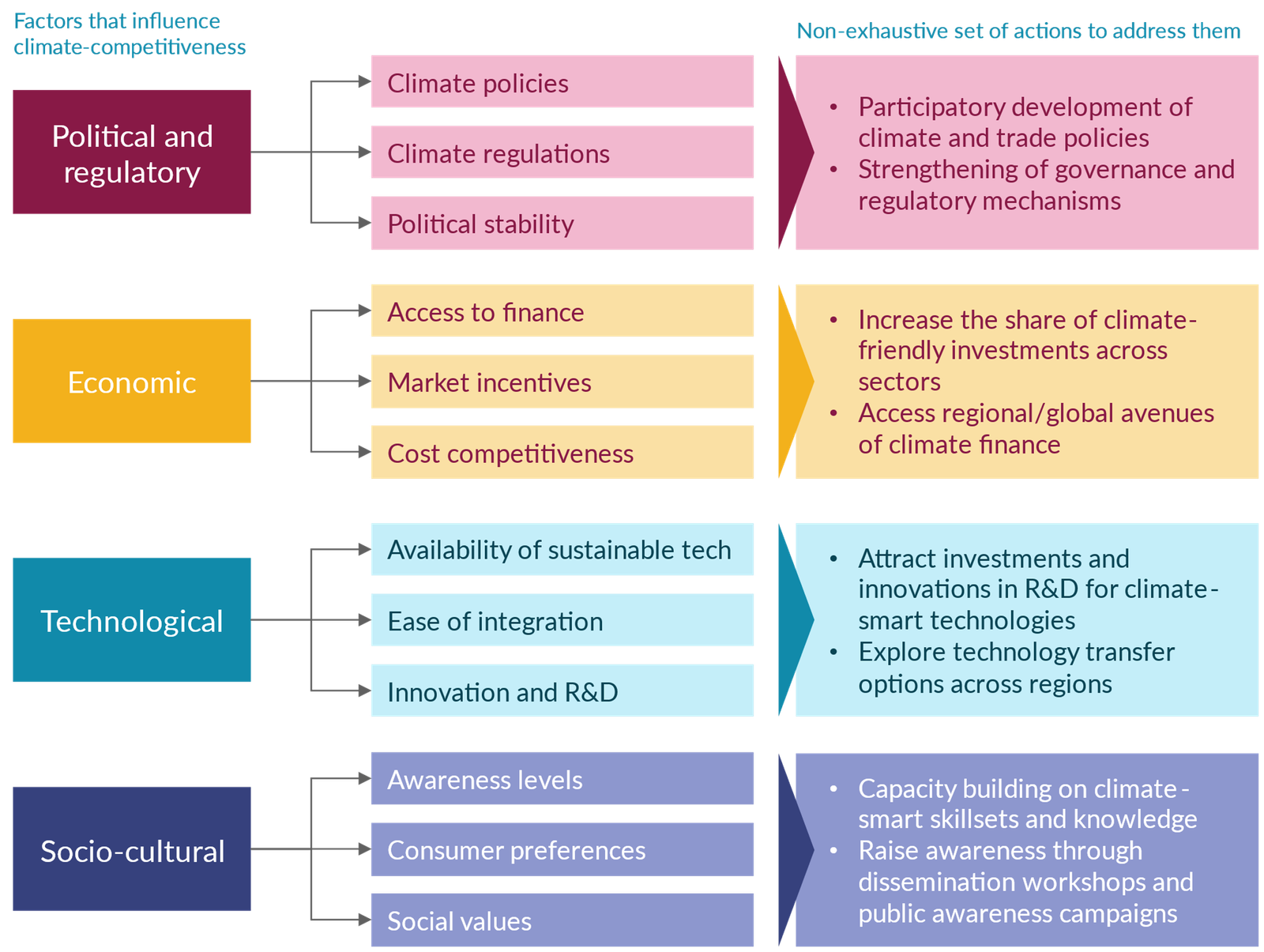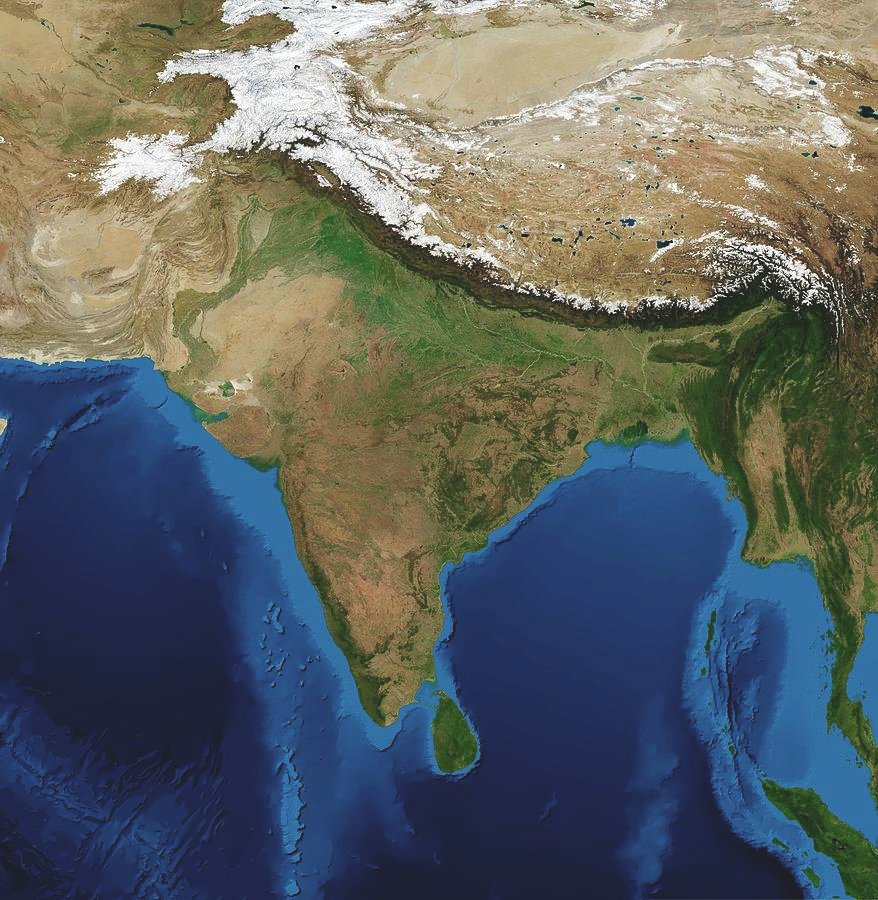“For thousands of years, Indians have turned to the East. ot just to see the Sun rise, but also to pray for its light to spread over the entire world. The humankind now looks to the Rising East, with the hope to see the promise that this 21st century beholds for the whole world, because the destiny of the world will be deeply influenced by the course of developments in the Indo-Pacific region.”
- Shri Narendra Modi, Prime Minister of India, at his Keynote Address, Shangrila Dialogue, Singapore, June 2018
The Indo-Pacific region is home to the most dynamic economies in the world. It holds promise to a world recovering from the devastations of the Covid pandemic, the debilitating impact of the continuing war in Europe and the looming threat of a global recession. The geopolitics of the region, however, remains complex and generates deep anxieties over China’s unprecedented rise and growing US-China rivalry. There is a deep mistrust of Chinese policies and motivations which is no longer prepared to “bide its time and hide its capabilities”. This threatens regional peace and stability and impedes the region from realising its full potential.
A rising China poses major challenges, even as it offers economic opportunities. China has used its economic heft, its political influence, and its military strength to rewrite the existing regional order with strong Chinese characteristics. It has used threat and use of force to subjugate the region. Its belligerence in handling territorial disputes with its neighbours, its militarisation of disputed islands in the South China Sea (SCS), its intense military exercises and aggressive posturing towards Taiwan, its territorial claims in the East Sea and on the India-China border, all are fraught with the grave risk of a military conflict. China has successfully divided Southeast Asia and enmeshed them into an endless cycle of meaningless negotiations on their territorial claims in SCS, while pursuing regional expansion.
Chinese enhancement of its defence systems, including its nuclear and missile capability, both in size and sophistication, have become a credible regional threat, including to a US that has prioritised its problems with Russia over impending threats from China. The positions articulated by the leaders of Germany and France on their recent visits to China weakens Western solidarity and is expected to further shrink strategic space in dealing with Chinese aggression. Chinese dam building activities in the Brahmaputra and Mekong rivers, with its adverse impact upon environment, water availability and agricultural production in the lower riparian countries is also of serious concern. It reflects Chinese indifference to any rules-based order in resolving trans-border issues.
Growing economic dependence of smaller countries upon China and increasing financial burden of Chinese debt weighs heavily upon those countries that allowed such unviable financing arrangements. The ambitious Belt Road Initiative (BRI) has had a deleterious effect on the local economy and environment of recipient countries in Asia, Africa, and Latin America, while serving Chinese interests. Notwithstanding all the recent rhetoric to “de-couple” from China, an over dependence upon the Chinese market, its finances and its supply and manufacturing chains prevents the rest of the world from reining in China’s errant behaviour, as it replaces the balance of power in its favour.
Whether China will be cooperative or allowed to become the overall dominant power will depend upon the countries in the region, especially those that enabled China’s rise in the first place and wilfully ceded space to a Chinese dominated order. Much will also depend upon how successfully other players in the region work together to create a multi-polar alternative to balance the power equations in the Indo-Pacific.
India is an important stakeholder for peace and prosperity in the Indo-Pacific region. India would also like to have good relations with China. China is one of India’s largest trading partners, and there is immense potential for working together in international fora on multilateral trading system, on climate change, on the international governance system to make it more equitable and fairer. However, China’s aggressive behaviour on the Indian border in the last one year has vitiated the atmosphere, with public opinion in India turning against China. China’s complete disregard of bilateral agreements and efforts to change facts on the ground on India’s border, have adversely impacted bilateral relationship. Chinese encirclement of the Indian periphery also undermines India’s security in the region. The China-Pakistan Economic Corridor, a BRI project in Pakistan Occupied Kashmir, completely disregards India’s sovereignty and territorial integrity. Its latest, renaming places in the Indian state of Arunachal Pradesh with Chinese names, is downright provocative.
For Asia to claim its rightful place as the continent of the future, no single power can dominate. Such hegemony is detrimental to regional peace and security. Along with USA, Japan, Australia, Russia, the countries of the Association of Southeast Asian Nations (ASEAN) and the European countries, all stakeholders in a peaceful and prosperous Indo-Pacific, India can play an important role in creating a viable, rules-based, multi-polar world order for a resilient future in the Indo-Pacific.
This year, India will host two major multilateral summits -the Shanghai Cooperation Organisation (SCO) in July and the G20 in September. India’s Presidency of both SCO and G20 offers immense opportunities for setting a positive agenda for peace and security.
The SCO membership contributes 30% of world GDP and 40% of population. Greater cooperation among SCO member countries can enhance regional security, counter the scourge of terrorism, and lead to balanced and equitable growth. The SCO as a forum can also share best practices on technological advancement, environment conservation and cooperation in optimum utilisation of resources. Other areas of potential cooperation include reliable, diversified, and resilient supply chains for growth and development.
Similarly, the G20 represents 85% of global GDP, 75% of international trade, and 2/3rd of the world’s population. Its membership consists of the most influential countries in the world. In a world fragmented by polarising conflicts and decline of global institutions, the G20 can play an important role in finding solutions to these issues.
Under its Presidency of G20, India will try to build consensus on foremost issues for global growth. As pointed out by Shri Narendra Modi, the Indian Prime Minister, India will focus on issues that unite instead of those that divide, to find “the right balance between growth and efficiency on the one hand and resilience on the other”. India’s agenda will be inclusive, ambitious, action-oriented, decisive, and aimed to promote the spirit of “oneness”, inspired by the traditional Indian theme of “Vasudhaiva Kutumbakam” or “One Earth, One Family, One Future”. This is important in the face of evolving global challenges, including the geopolitical crisis, food and energy insecurity, slow progress on Sustainable Development Goals (SDGs), mounting debt burden and challenges to climate action and climate justice.
India will also provide a stronger voice to issues of concern to the Global South. These include reform of international institutions, including the United Nations, the multilateral banking system as well as restructuring of unsustainable loans. During the Voice of the South Summit held in January earlier this year, Prime Minister Modi pointed out that most of the challenges confronting the developing countries, including climate change, were not created by the South, and necessitated common but differentiated responsibilities in dealing with these problems. Moreover, for the countries of the South to prosper, it would be important to identify simple, scalable, and sustainable solutions that can transform societies and economies.
India’s recent growth story offers several positive lessons. These include India’s digital delivery, public health response to the Covid pandemic, green growth, clean energy, sustainable lifestyles and development as well as the empowerment of all sections of society, including women-led development. Some of these initiatives merit attention.
India recently launched the ‘LiFE’ initiative – Lifestyle For Environment, where the responsibility for sustainable development rests with every individual. The concept of Pro-Planet-People and the focus on individual behaviours is derived from India’s ethos of living close to nature.
India’s Millet initiative, which has resulted in the UN declaration of the year 2023 as International Year of Millets, has been lauded for addressing food security and in fulfilling the SDGs.
India has also taken the lead in the global sphere to spearhead the transition towards cleaner sources of energy. India’s global initiatives such as the One Sun One World One Grid and the International Solar Alliance have been complemented by its domestic commitment for achieving 50% installed electricity capacity through non-fossil sources.
India’s evolving experience in bridging the domestic digital divide provides useful lessons to the international community in bridging the global digital divide. The Unified Payment Interface (UPI), pioneered by India, is an example of how Indian solutions have the potential to come to the aid of the world. In 2021, over 40% of the world’s real-time payment transactions took place through UPI. The UPI transaction value has been more than $800 billion indicating a growth rate of 97% for 2021 compared to 2020. Similarly, 460 million new bank accounts were opened on the basis of digital identity.
The vibrant start-up eco-system in India is largely driven by its young population. India is currently ranked third globally in its Fintech strength after USA and China. As of October 2022, India had more than 80,000 recognized start-ups spread across 236 districts. India has the third largest start-up ecosystem in the world and with 107 unicorns, India has the 3rd largest number of unicorns. These point to the entrepreneurial capacities of India, especially its youth.
India’s National Education Policy 2020 is a holistic and futuristic policy based on the foundational principles of access, equality, quality, affordability and accountability. It aims to build the creative potential of every student in keeping with the requirements of the 21st century.
The Indian Government has initiated a number of people-centric reforms, intended to support the people under the banner “Sabka Saath, Sabka Vikas”, which means “Collective Efforts, Inclusive Growth”. Whether it is reforms aimed at skilling, reskilling and upskilling its people, or reaching clean fuel to people under the Ujjwala scheme, or providing health support under Ayushman Bharat; Mudra Yojana for funding small entrepreneurship; or Vaccine Maitri to reach the Covid-19 vaccines not only to the last person in the country, through the highly innovative digital platform “CoWIN”, but also to millions in other countries in need, the intention is to reach the benefits to the last person.
These initiatives can be replicated in other countries. India can lend its support through information sharing, training and capacity building. Already, what differentiates India’s international development cooperation activities, undertaken in more than 78 countries, is that it is transparent, consultative, and demand driven, based entirely upon the requirements of the partner countries. It is never imposed with unsustainable conditionalities, unlike some other reprehensible, predatory assistance programmes.
As the largest democracy in the world, representing one-sixth of humanity, India’s biggest priority is to provide decent standards of living to its very young, aspirational population that is peaceful, tolerant, inclusive, and plural. India’s foreign policy initiatives are aimed at supporting these core Indian civilisational values, simultaneously with its developmental goals and objectives.
Towards this end, India has built a web of partnerships both within its immediate neighbourhood and beyond. It has strengthened its bilateral and multilateral strategic partnerships with the key players in the region, for collectively building a resilient future.
Except for Pakistan, which continues to use terrorism as an instrument of state policy that has curtailed all meaningful interaction, India’s relations with all its other neighbours in the Indian subcontinent have improved exponentially in the last decade. Its “Neighbourhood First Policy” has reset bilateral relations and built bridges of friendship, connectivity, and understanding thorough mutually beneficial cooperation. A greater regional and sub-regional integration is also taking place in trade and investment, as well as infrastructure and energy connectivity, including through groupings like the Bay of Bengal Initiative for Multisectoral Technical and Economic Cooperation (BIMSTEC) and the Bangladesh-Bhutan-India-Nepal (BBIN) cooperation.
India’s further outreach to its extended neighbourhood is summed up in its “Act East” and “Look West” policies, reinvigorating its relations with countries spanning the entire Indo-Pacific. A concerted effort has also been made to enhance cooperation with the Central Asian republics, with whom India shares deep civilisational links and common security challenges.
There is a convergence of interest in economic, political, and strategic outlook with several of India’s key partners. India’s strategic partnership with the US has strengthened and become stronger in the last decade. Today, the US is India’s largest trade and technology partner. India has also expanded its relations with Japan, Australia, and South Korea, injecting new dynamism through recent high-level visits. Europe too is a major strategic partner and economic relations are expected to expand further with the imminent finalisation of the India-EU Free Trade Agreement (FTA). India has transformed its relations with the Gulf countries while simultaneously maintaining high-level dialogue with Iran on vital connectivity projects that are being implemented. India’s strategic partnership with Russia has withstood international pressures from western countries to condemn Russia’s military intervention in Ukraine. In fact, economic ties have expanded, with Russia today as India’s largest supplier of oil.
India has retained its strategic autonomy and avoided taking sides in any great power rivalry. India has also remained honest in its relationships with its strategic partners, with a free and frank assessment of each other’s concerns and priorities.
India’s active participation in regional groupings like the BIMSTEC, the ASEAN-related mechanisms such as the ASEAN-India strategic partnership, the Mekong-Ganga Cooperation, development cooperation with the CLMV countries in ASEAN, the East Asia Summit, the ASEAN Regional Forum, and other arrangements like the QUAD, the Indo-Pacific Economic Framework, I2U2, BRICS, RIC, the Indian Ocean Rim Association, the Forum for India-Pacific Islands Cooperation and the India-Africa Forum Summits- all contribute towards creating a robust multipolar world.
Since the tsunami in 2004, India has been the first responder in its neighbourhood during natural disasters, like the earthquake in Nepal, the water crisis in Maldives or the cyclone in Sri Lanka. In the face of climate change induced natural disasters, the India initiated Coalition for Disaster Resilient Infrastructure (CDRI), has emerged as an important area for international cooperation. India’s world view is encapsulated in the acronym SAGAR, which means Ocean, and represents Security and Growth for all in the Region.
The 30 million strong Indian diasporas, with a large section residing within the Indo-Pacific region, has contributed positively to building bridges between India and the host countries. As law-abiding, hardworking, highly skilled, and high-achieving citizens, the Indian diaspora has also played a very important part in contributing to peace and prosperity, while adhering to inherent Indian cultural values of tolerance, peace, and pluralism. They are welcomed everywhere as a force for good.
Today, India is one of the fastest growing larger economies in the world and expected to be an engine of growth for others. Its 1.4 billion population offers a big market for diversification and building alternative supply chains for international trade and investment. India’s potential and core Indian values are the “India Factor” in securing peace and prosperity for a resilient future. India will continue to play its positive role.
Author Brief Bio: Amb. Preeti Saran is former Secretary (East), MEA, Govt. of India. She is also a member in Governing Council of India Foundation.
Note: This article was published by India Foundation in the Indian Ocean Conference 2023 Theme Paper Booklet.

